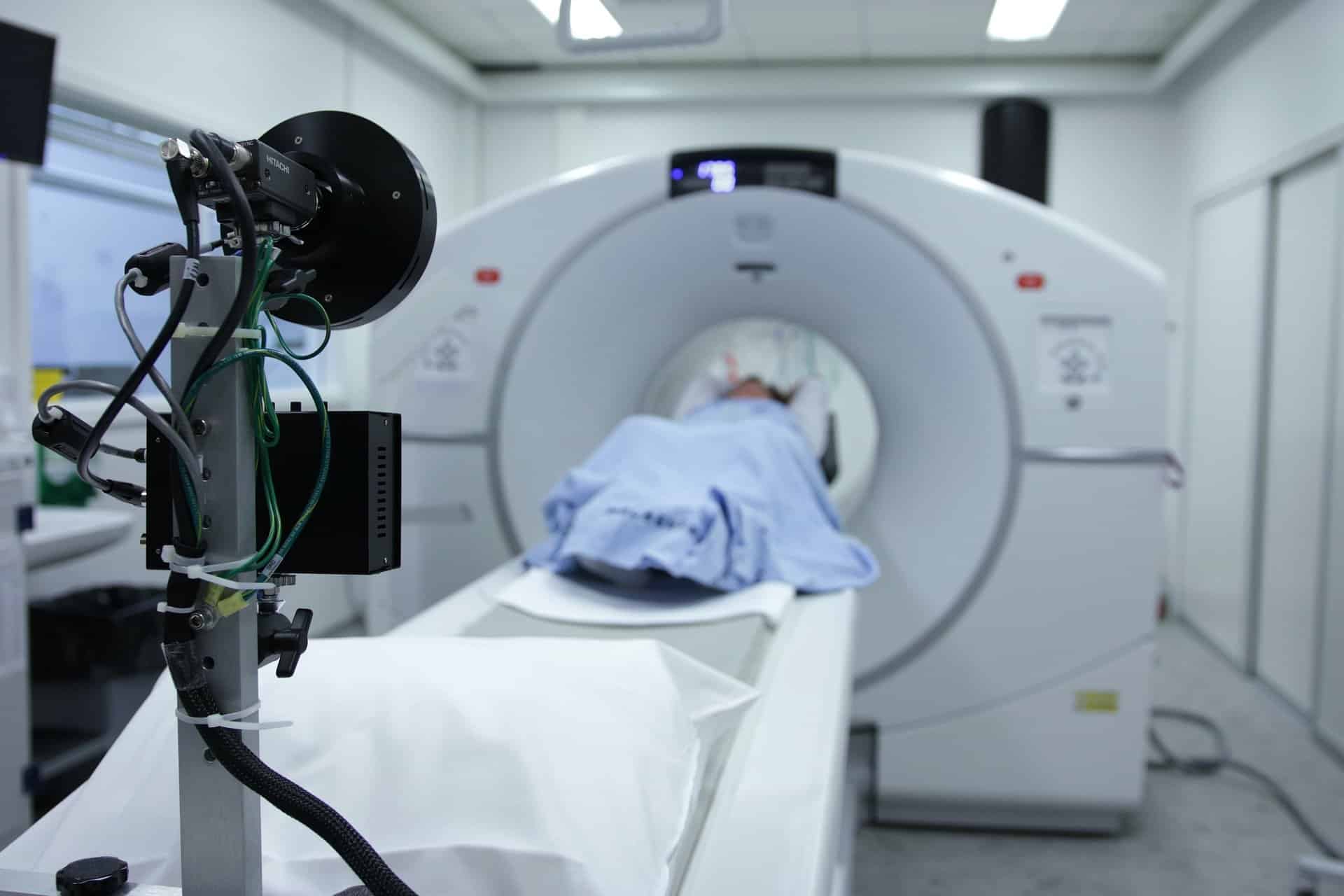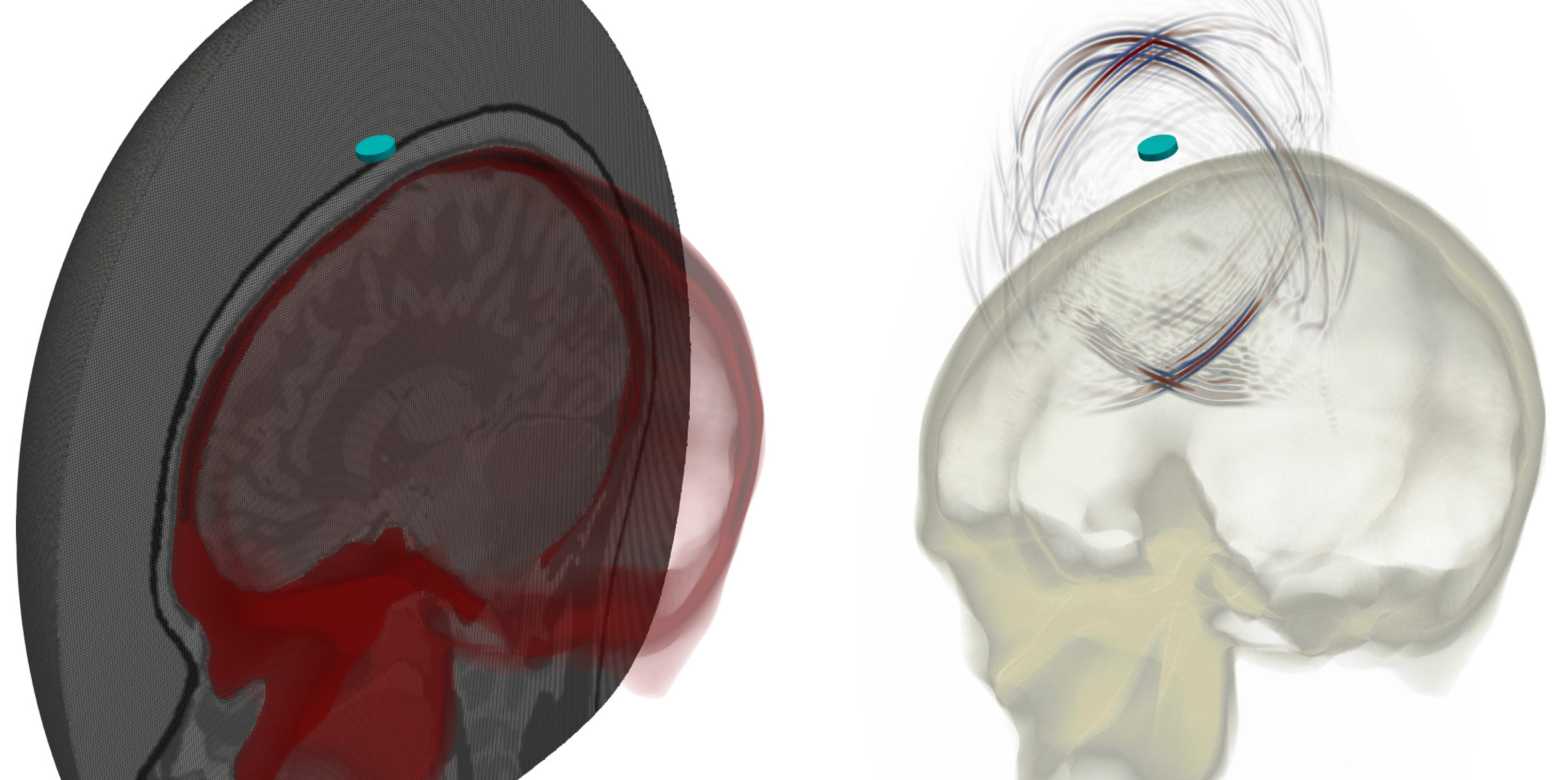
A research group at the Institute of Instrumentation for Molecular Imaging (i3M), a joint center of the Universitat Politècnica de València (UPV) and the Spanish National Research Council (CSIC), has developed the first low-cost, portable, and high diagnostic quality magnetic resonance imaging technology. It is a scanner for taking images of arms and legs, lightweight, and has low power consumption – half the one of a microwave oven.
The device, which uses three patents developed by i3M and in whose development its spin-off PhysioMRI Tech SL collaborates, has obtained the first magnetic resonance images outside clinical settings with diagnostic utility. The results are published in Scientific Reports, writes the UPV in a press release.
Lower costs
The device developed at the Valencian research center drastically reduces the cost of magnetic resonance imaging devices. In addition, it is much lighter, only 250 kilos compared to the thousands of current devices. “It is the first model that could be taken to the patient’s home,” explains Joseba Alonso, CSIC researcher leading the project.
The cost and weight are reduced by moving from a superconducting magnet, such as those used in large particle physics experiments, to one based on a matrix of about 5,000 small permanent magnets like those found in refrigerators. “The trade-off is that this lowers the magnetic field strength, and thus the maximum resolution of the image,” Alonso acknowledges. “However, there are many applications where there is no need for all the resolution provided by expensive hospital machines. At the same time, it opens up a whole new range of possibilities.”
Reducing the magnetic field allows the system developed by i3M to be compatible with situations in which magnetic resonance imaging was automatically ruled out, such as use in the operating room or in the case of patients with pacemakers or tattoos. In addition, by reducing the weight of the device, the system can be mounted on a trolley. Therefore, it can be used in many more settings, such as elderly homes, intensive care units, and small clinics.

First out-of-clinic MRI scans
Thus, the i3M team, in collaboration with the spin-off center PhysioMRI Tech SL, has obtained the first MRI images outside clinical settings. “All the images obtained are of sufficient quality to diagnose a multitude of lesions and diseases,” says Alonso. Radiologists at the Hospital Universitario y Politécnico La Fe de València also confirmed the device’s quality.
“To compensate for the loss of magnetic field compared to conventional systems, we use our patented pulse sequences. They are highly efficient both in terms of spatial coding capacity and image reconstruction. This is how we achieve diagnostic-quality images,” describes the CSIC researcher.
For Alonso, “this scanner is a first step towards the democratization of magnetic resonance imaging. Its accessibility is limited due to the very high associated costs”. The next steps to be taken for the device to reach the market consist of carrying out exhaustive studies to demonstrate the clinical value of the machine, as well as passing a series of tests (safety, electromagnetic compatibility, materials, etc.) that will enable it to be approved by the health authorities of the European Union and the United States.
Selected for you!
Innovation Origins is the European platform for innovation news. In addition to the many reports from our own editors in 15 European countries, we select the most important press releases from reliable sources. This way you can stay up to date on what is happening in the world of innovation. Are you or do you know an organization that should not be missing from our list of selected sources? Then report to our editorial team.







